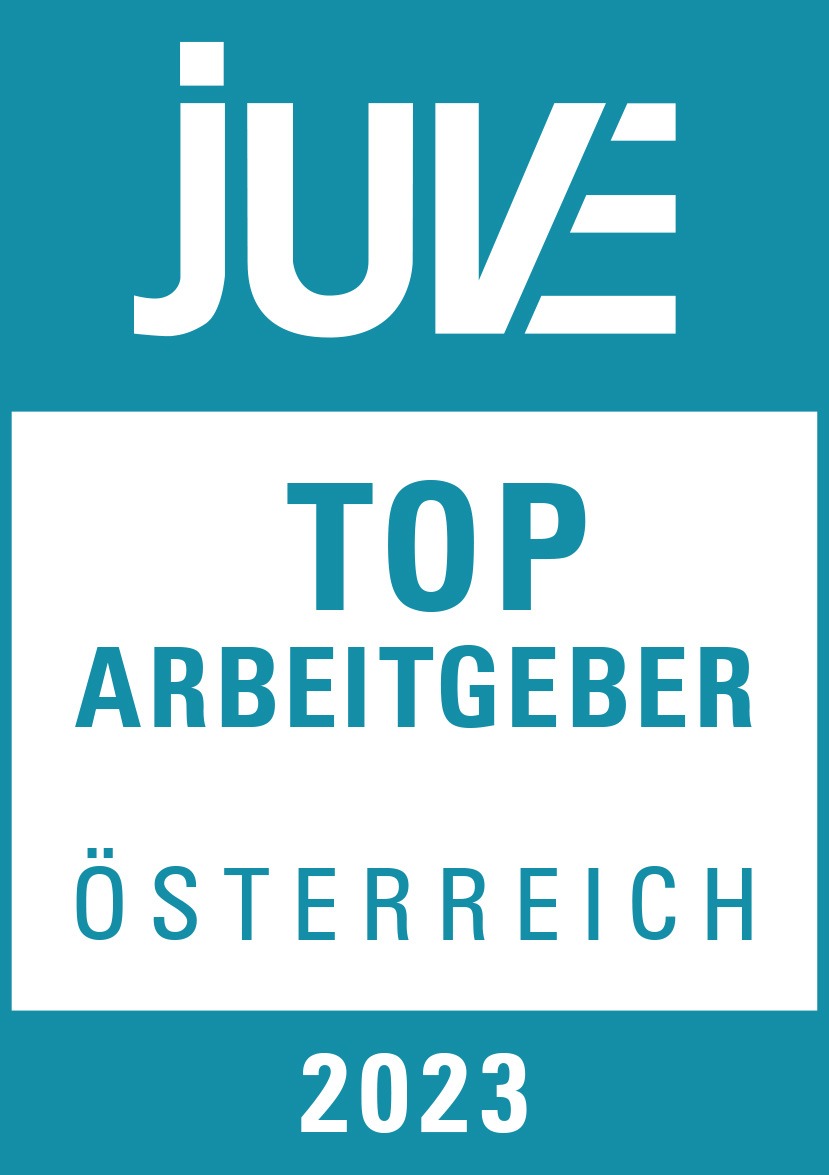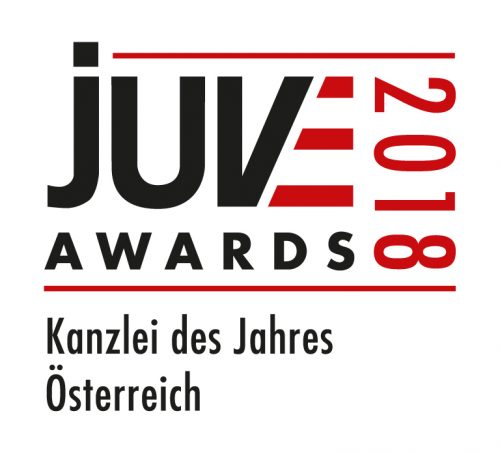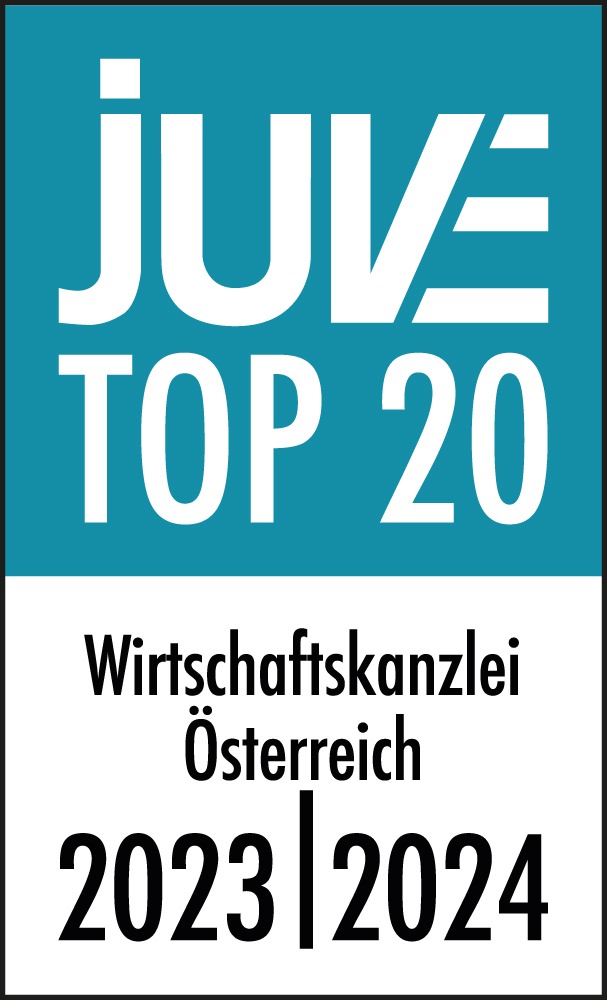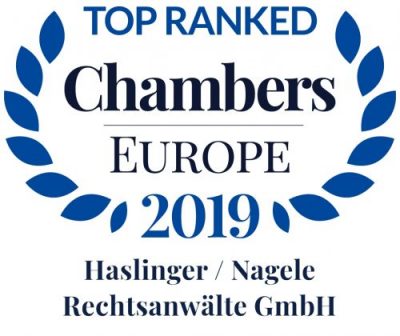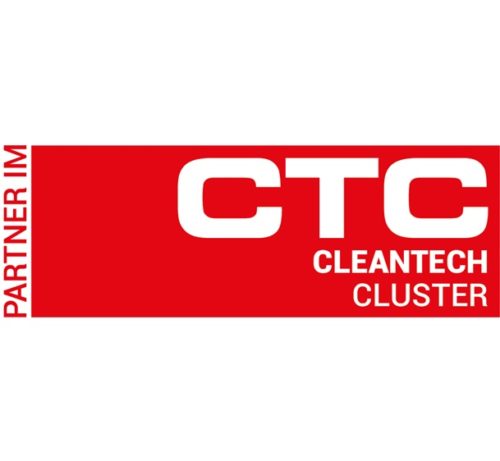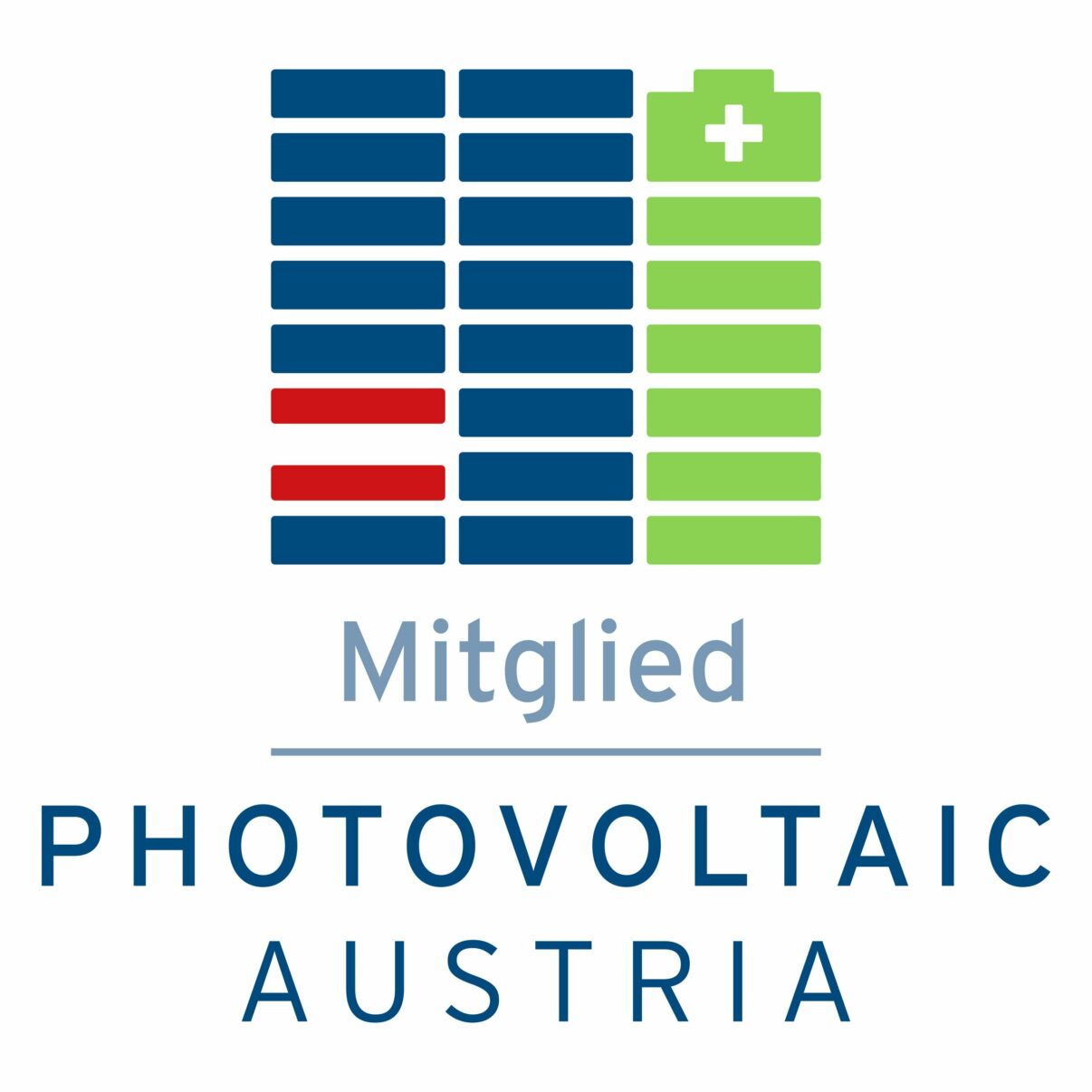Whistleblowing reporting systems
We help with implementation and processing!
Kaleb Kitzmüller, Attorney-at-Law and co-founder of the practice group 360° Renewable Energy, and Adrian Kubat, Associate, publish in the 11th issue of the trade journal for commercial law – ecolex – on the topic of “energy pooling.”
“Energy pooling” as a challenge for capital maintenance
The nature and purpose of an energy community lead to a lively exchange of services with its members. For capital companies (KapGes), this can pose challenges with regard to capital maintenance regulations. It is questionable to what extent an external or third-party comparison is suitable for assessing these service relationships.
The Renewable Energy Directive (RED II), the Internal Electricity Market Directive (ElBM Directive) and their implementation in national law by means of the Renewable Energy Expansion Act package have created a legal basis for the joint generation and use of energy in the form of energy communities. The European legislator has left it to the member states (MS) to decide in which legal form these energy communities are integrated into the national legal systems. The MS can therefore create a separate legal form for the energy communities, use certain existing legal forms or leave the choice of the appropriate legal form to the founding participants.
The latter option was chosen by the Austrian legislator. Accordingly, Austrian energy communities may be structured as an “association, cooperative, partnership or capital company or similar association with legal personality.” This freedom of choice allows energy communities to be structured flexibly and has, among other things, the advantage that energy communities are created on the basis of established legal forms that are accepted in business practice. Nonetheless, it is also important to harmonize the purposes and requirements of energy communities with the legal framework of the respective legal form. This seems to be particularly challenging when using KapGes as renewable energy communities (EEG) or citizen energy communities (BEG).
In their article, Kaleb Kitzmüller and Adrian Kubat shed light on the role of capital maintenance regulations in the “KapGes/energy community” chimera and how these can be adhered to without thwarting the purpose and benefits of energy communities.
You can read the whole article here. Additionally, you can find the 11th issue of ecolex – the trade journal for commercial law – here.
This article is for general information only and does not replace legal advice. Haslinger / Nagele Rechtsanwälte GmbH assumes no liability for the content and correctness of this article.
4. December 2023
